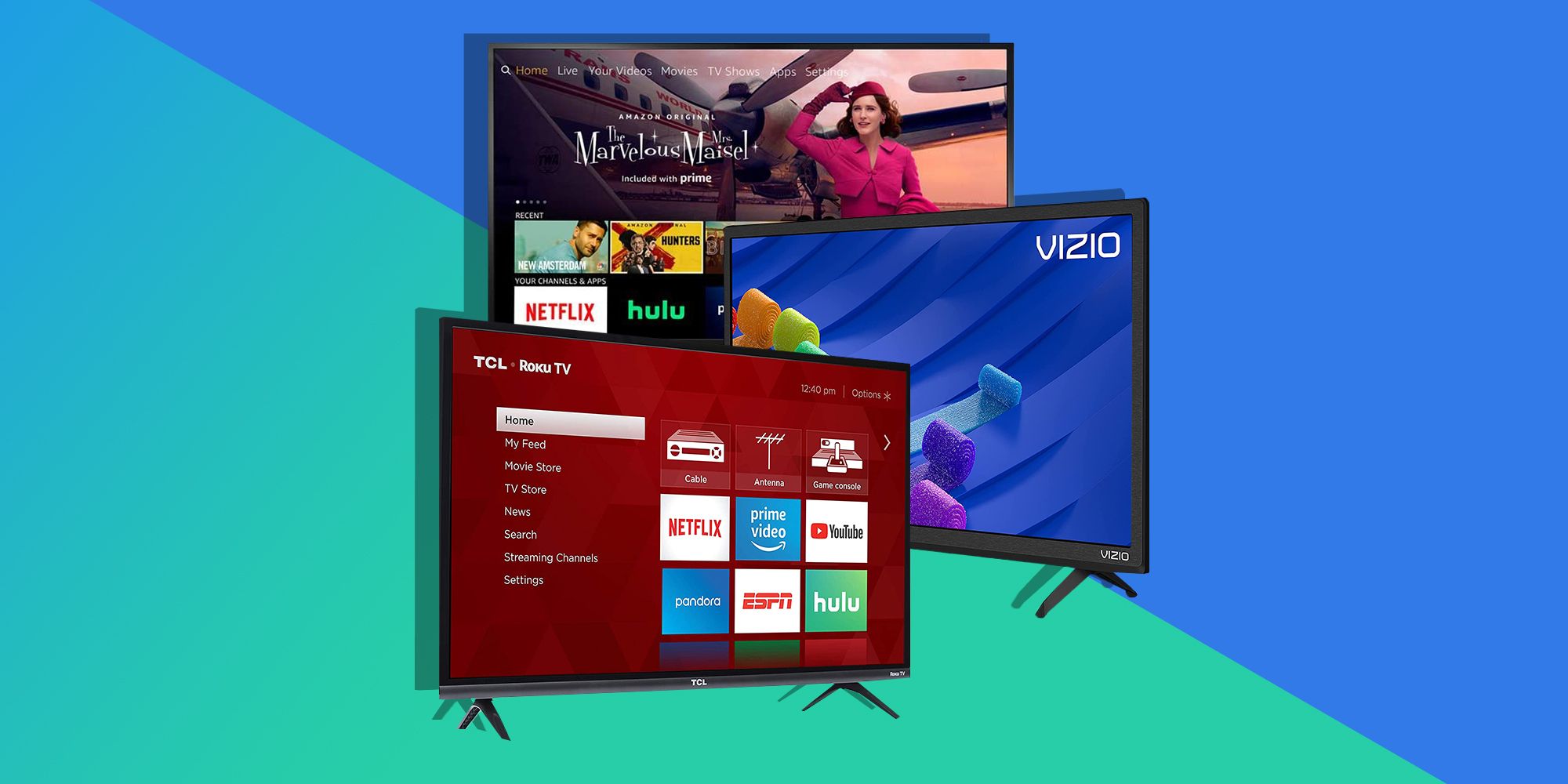

But it’s usually best to start with method one first and then try method two. Of the two methods, the second is a little more reliable-typically, you’ll immediately get a signal (or you won’t). If you get a steady image while playing content, you should be good to go. Plug the cable into your TV and your media device, and then change the settings on both to match your requirements.If your HDMI cable doesn’t clearly specify what type it is, you might be able to look it up if the manufacturer and part number are printed on the cord. Check if the cable is labeled as High Speed, Premium High Speed, or Ultra High Speed.(Note that the table refers to refresh rate in frames per second: 60fps is synonymous with a display refresh rate of 60Hz, and so on.) If you bought a 4K TV with a true 120Hz refresh rate, like for use with a PlayStation 5 or Xbox Series X, you should move up to an Ultra High Speed HDMI cable. A Premium High Speed HDMI cable should cover the highest demands you’d ask of a 4K TV with a 60Hz refresh rate.


The chart below details the nuances that divide Standard HDI, High Speed, Premium High Speed, and Ultra High Speed HDMI. The higher you go with refresh rate and bit depth-and the less color data compression you opt for-the more data that will be pushed to your TV.Īccordingly, you’ll need an HDMI cable that has adequate bandwidth. If you attach a gaming PC capable of gaming at 4K/60fps to your TV, you’ll need an HDMI cable that can handle that level of data transmission.įor these types of scenarios, you must take refresh rate (measured in cycles per second, stated as Hertz, and abbreviated as Hz), the level of color precision (aka color depth, measured in bits e.g., 8-bit, 10-bit, or 12-bit), and color data compression (i.e., chroma subsampling) into consideration. The more detailed versions of the guidelines matter if you want more than just a basic TV signal: If you play video games at more than 30 frames per second, for example, or you intend to make full use of an HDR TV, or you want an HDMI cable that can also carry data over ethernet (most people do not, but that bandwidth can be used for other things). Ultra High Speed HDMI: Up to 10K resolution with HDR at a 120Hz refresh rate (4K video can refresh at up to 240Hz).Premium High Speed HDMI: Up to 4K resolution with high dynamic range (HDR) at up to 60Hz.High Speed HDMI: Up to 4K resolution (including 1080p) at 30Hz.Standard HDMI: Up to 720p or 1080i resolution at a 30Hz refresh rate.


 0 kommentar(er)
0 kommentar(er)
